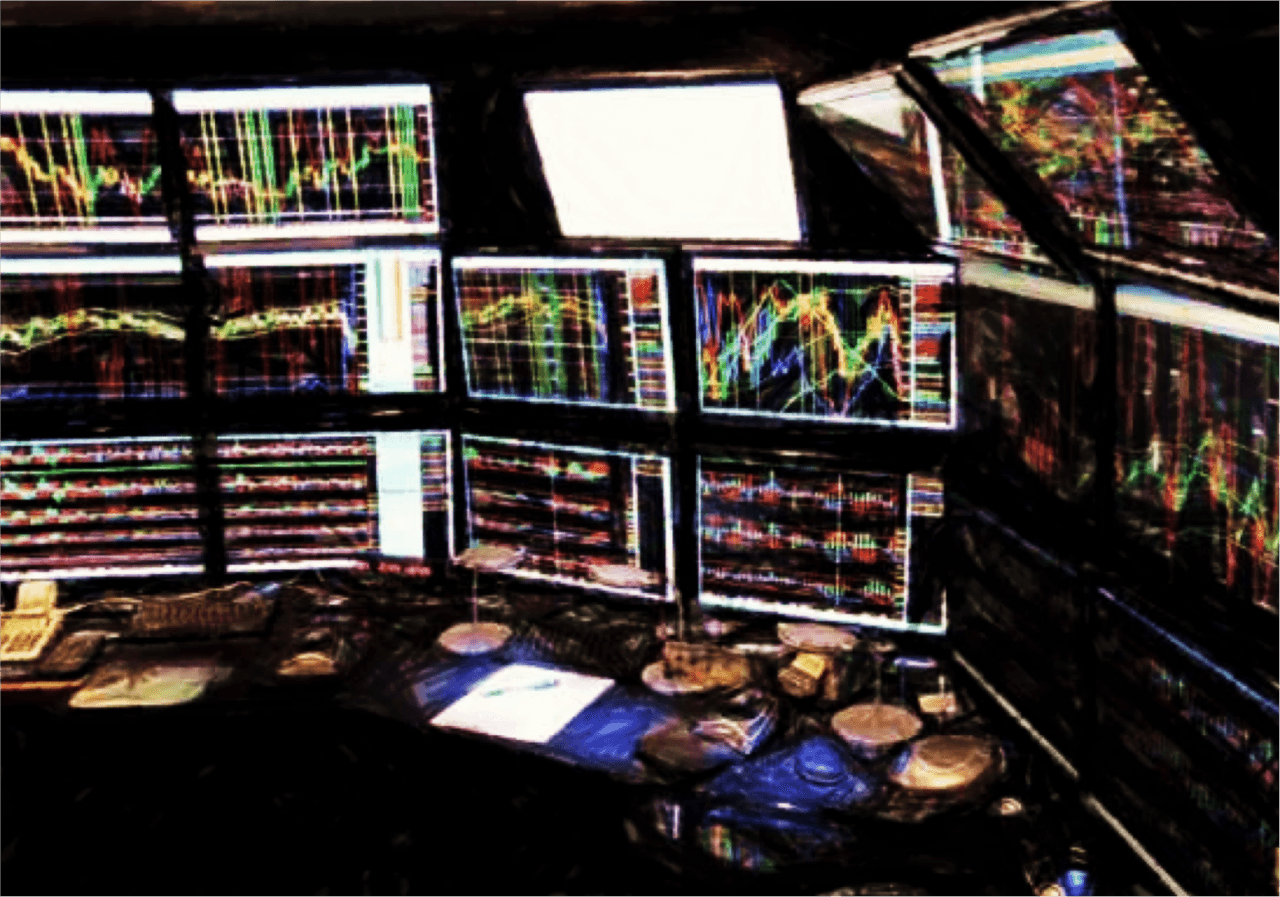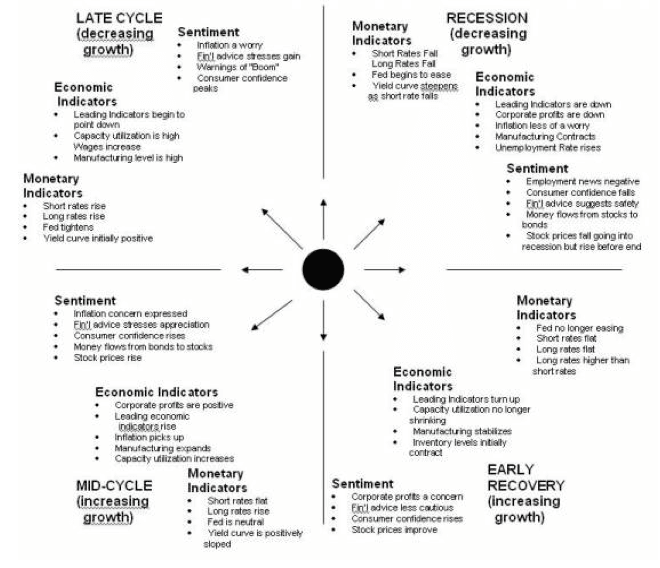
Forex Trading Fundamental Analysis Masterclass edition – Part 9 of 15!
As markets grow increasing more complex and difficult to manage any Forex Trader needs more than ever a solid education where he or she has a continuous learning Trader. This long Forex Trading Fundamental Analysis Masterclass edition is a powerful too for investors and traders and offers a multiple solid overview about fundamental analysis concepts in gear with today′s fast–moving markets, and how to lead the way and adding powerful insights, new tools, studies and techniques, technology advancements fro traders, social trading areas that can be used in fundamental analysis for the modern Forex trader.
In the last episode of our guide to fundamental analysis, we learned that currency prices are hugely influenced by changes – particularly the expectations of changes – to a country’s interest rates. These decisions are ultimately influenced by the view of central banks with regards to the economy, and particularly price stability. In this episode, we’re going to take a look at the major players in this arena – the central banks – and just who is responsible for making the big changes.
Leading the way
Like most other organizations, central banks have one person with whom the buck stops, be they a president or a chairman. Although it is true that these people do not make decisions in isolation, it is nonetheless their role to convey what their organization is doing, or is planning to do, and in this case, one of their principal responsibilities is to convey to the market the direction in which monetary policy is headed.
In general, central banks have been getting better at communicating with the market with regards to future policy direction. But whether you can actually understand what their saying – well that’s a whole other ball game. Basically, when these people speak – you have to listen.
That said, not all statements from the heads of central banks carry the same weight in terms of the markets. Yet, most pronouncements from leaders of central banks elicit some kind of response from the market, and you will usually see some quite rapid movement from the relevant markets when they do so.
In general, what you are looking for in these pronouncements are changes such as increases, decreases or holds to current interest rates, comments regarding economic growth measurements and outlook, and monetary policy announcements outlining current and future changes.
In the internet age, it’s possible to view most of these announcements as they happen. But if you can’t, don’t worry about it, because the news agencies will be all over it – they make it their business to be prompt about this kind of thing.
In the wake of such announcements, currency analysts and traders will pore over the tone and language used to discern the true meaning, especially when interest rate changes or economic growth information are involved. And in much the same way as the market reacts to the release of economic reports and other indicators, currency traders will react en masse to central bank activity and interest rate changes when they don’t fall in line with current market expectation.
An increase in the transparency of central bank activity has made it much easier to predict how monetary policy will develop over time, but there is always the possibility that central bankers will change their outlook more or less than expected. During these times, market volatility tends to be high, and you need to take great care with your existing and new trade positions.

Hawks Vs Doves
Although the terms ‘hawks’ and ‘doves’ tend to refer to policymakers that are either in favor of military action (hawks) or against it (doves), these terms have also been (mis)appropriated by the financial services industry to refer to certain attitudes towards monetary stimulus.
We really just meant hawks versus doves, central bank hawks versus central bank doves that is. Central bankers can be viewed as either hawkish or dovish, depending on how they approach certain economic situations.
So, if central bankers are described as ‘hawkish’, it means that they support raising interest rates to fight inflation, even when it may hurt economic growth and employment. Conversely, if they are described as ‘dovish’, then it can be taken to mean that they favor economic growth and employment over tightening interest rates. These descriptions can also be applied to their attitude to printing money in order to support economic growth (doves) or reducing the money supply in order to boost the currency (hawks).
In reality, most central bankers fall somewhere in between these two categories, and only really exhibit these tendencies during periods of extreme market turmoil. In general, it is rare for central bank policy-makers to be appointed that do not appear to have a highly nuanced view of monetary policy, as the appointment of an ideologue would be seen as politically risky.
Other articles in this series:
Forex Trading Fundamental Analysis Masterclass Part 1
Forex Trading Fundamental Analysis Masterclass Part 2
Forex Trading Fundamental Analysis Masterclass Part 3
Forex Trading Fundamental Analysis Masterclass Part 4
Forex Trading Fundamental Analysis Masterclass Part 5
Forex Trading Fundamental Analysis Masterclass Part 6
Forex Trading Fundamental Analysis Masterclass Part 7
Forex Trading Fundamental Analysis Masterclass Part 8
Forex Trading Fundamental Analysis Masterclass Part 9
Forex Trading Fundamental Analysis Masterclass Part 10
Forex Trading Fundamental Analysis Masterclass Part 11
Forex Trading Fundamental Analysis Masterclass Part 12
Forex Trading Fundamental Analysis Masterclass Part 13
Forex Trading Fundamental Analysis Masterclass Part 14
Forex Trading Fundamental Analysis Masterclass Part 15
José Ricaurte Jaén is a professional trader and Guest Editor / community manager for tradersdna and its forum. With a Project Management Certification from FSU – Panama, José develops regularly in-house automated strategies for active traders and “know how” practices to maximize algo-trading opportunities. José’s background experience is in trading and investing, international management, marketing / communications, web, publishing and content working in initiatives with financial companies and non-profit organizations.
He has been working as senior Sales Trader of Guardian Trust FX, where he creates and manages multiple trading strategies for private and institutional investors. He worked also with FXStreet, FXDD Malta, ILQ, Saxo Bank, Markets.com and AVA FX as money manager and introducing broker.
Recently José Ricaurte has been creating, and co-managing a new trading academy in #LATAM.
During 2008 and 2012, he managed web / online marketing global plan of action for broker dealers in Panama. He created unique content and trading ideas for regional newspaper like Capital Financiero (Panamá), La República (Costa Rica), Sala de Inversión América (Latinoamérica) and co-developed financial TV segments with Capital TV.
He is a guest lecturer at Universidad Latina and Universidad Interamericana de Panamá an active speaker in conferences and other educational events and workshops in the region. José Ricaurte worked and collaborated with people such as Dustin Pass, Tom Flora, Orion Trust Services (Belize) and Principia Financial Group.









